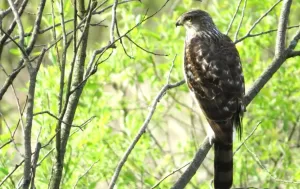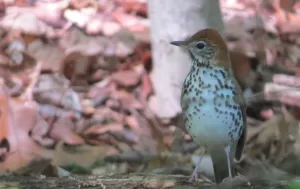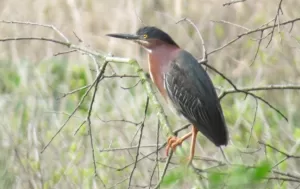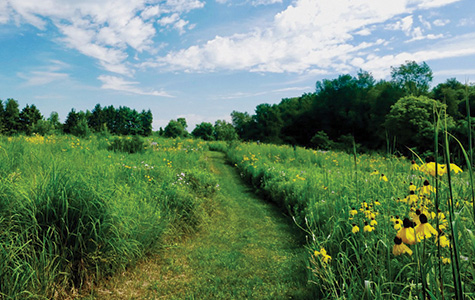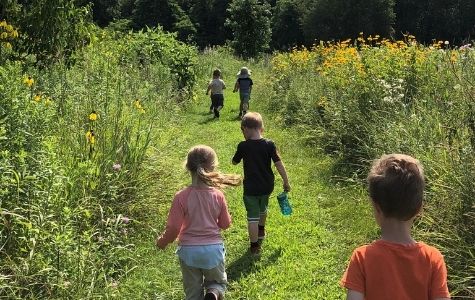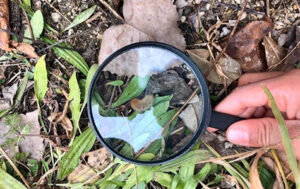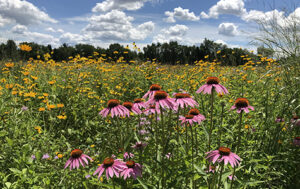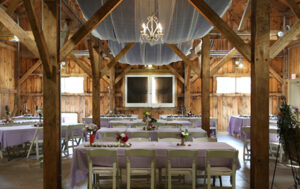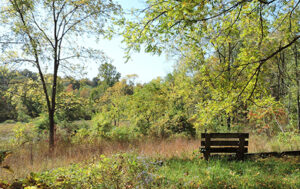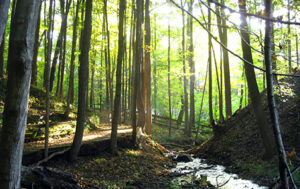I added 6 new species this last week putting me at 114 species for the season. The six new species were Bay-breasted, Cape-May and Wilson’s Warblers, plus Eastern Kingbird, Red-eyed Vireo and Eastern Wood-Pewee. It was a decent week weather wise and even though I didn’t add as many new species the numbers of certain birds increased like the Tennessee Warbler with its loud song that can sometimes drown out other species. There was also an increase in Nashville Warblers and Wood Thrush. Looks and feels like early summer instead of mid Spring out there and quite a few species are arriving a week earlier than normal. Even though there are warblers all around they are incredibly hard to actually see since most of them reside in the upper branches of the canopy and getting a view of them is very difficult. This was also the week of the first guided bird walk at Kleinstuck on Wednesday May 8th and I had a good turnout of people. We were able to see at least a few of the warblers and a Green Heron made a good showing. There has also been an immature Cooper’s Hawk hunting the wetland the last week and the blackbirds are always the first to sound the alarm and give chase although that is risky business with a bird hunting species like the Cooper’s Hawk. Even with all the migrants passing through a simple chickadee stole the show one day stripping nesting material at close range without a care in the world that I was standing right next to it. This next week should bring in some late migrants like Mourning, Canada, and hopefully the ever-elusive Connecticut Warblers along with the Yellow-bellied, Olive-sided, Alder, and Willow Flycatchers. This also signals that the end is coming close for most of the migration. So, I hope everyone can get out and see some of these birds passing through before they are gone until the Fall.
– John Brenneman, KNC Senior Avian Biologist
Pictured: Black-capped Chickadee collecting nesting material, immature Cooper’s hawk, Wood thrush, and Green heron by John Brenneman
